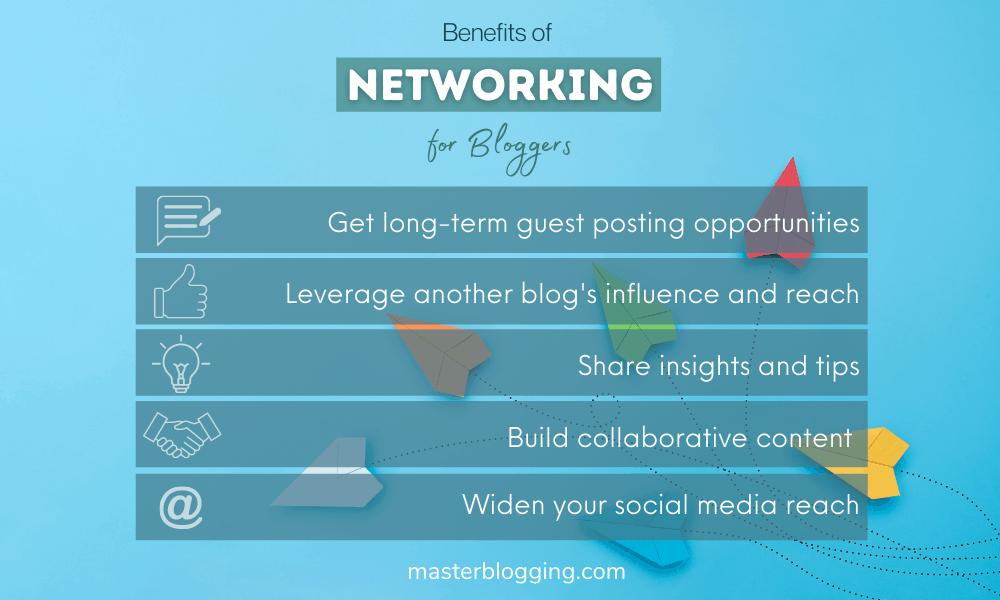In today’s digital world, e-books have become an increasingly popular way to share information and expertise with a wider audience. If you have a blog that covers a particular topic or niche, creating an e-book based on your blog content can be a great way to expand your reach and establish yourself as an authority in your field.
In this blog post, we’ll go through some key steps to help you create a successful e-book based on your blog content.
- Identify your target audience and their needs Before you start creating your e-book, it’s essential to understand your target audience and their needs. Ask yourself, who is your ideal reader? What information are they looking for, and how can you provide it to them in a valuable and engaging way? Once you have a clear idea of your target audience, you can tailor your e-book content to meet their specific needs.
- Choose a topic and structure Choose a topic that resonates with your target audience and is related to your blog niche. Your e-book should be a natural extension of your blog content, offering readers a deeper dive into the topic. Once you have a topic in mind, consider how you’ll structure your e-book. Will it be a step-by-step guide, a collection of case studies, or a reference manual? Mapping out your e-book’s structure will help you organize your content and ensure that it flows logically.
- Repurpose and refine your existing blog content Creating an e-book doesn’t mean starting from scratch. Instead, look to your existing blog content for inspiration. Repurpose your best-performing blog posts into chapters or sections of your e-book. Refine the content to ensure it’s comprehensive, easy to read, and engaging for your target audience.
- Add value with multimedia and interactive elements E-books offer an opportunity to add value to your content through multimedia and interactive elements. Consider including images, videos, infographics, and other visual aids to break up the text and keep your readers engaged. Interactive elements such as quizzes, surveys, and assessments can also add value and make your e-book more interactive and engaging.
- Design and format your e-book Design and formatting play a crucial role in the success of your e-book. A well-designed and formatted e-book can increase readability and make your content more visually appealing. Consider hiring a professional designer to help you create a visually stunning e-book cover and layout. Alternatively, you can use tools like Canva to create a professional-looking design on your own.
- Promote your e-book Once you’ve created your e-book, it’s time to promote it. Use your existing blog and social media channels to spread the word and reach a wider audience. Consider offering a free chapter or a discount code to encourage readers to download your e-book. You can also collaborate with other bloggers and influencers in your niche to reach a wider audience.
In conclusion, creating a successful e-book based on your blog content takes time, effort, and a clear understanding of your target audience’s needs. By following these key steps, you can create an e-book that offers value to your readers, establishes your authority in your niche, and expands your reach.





